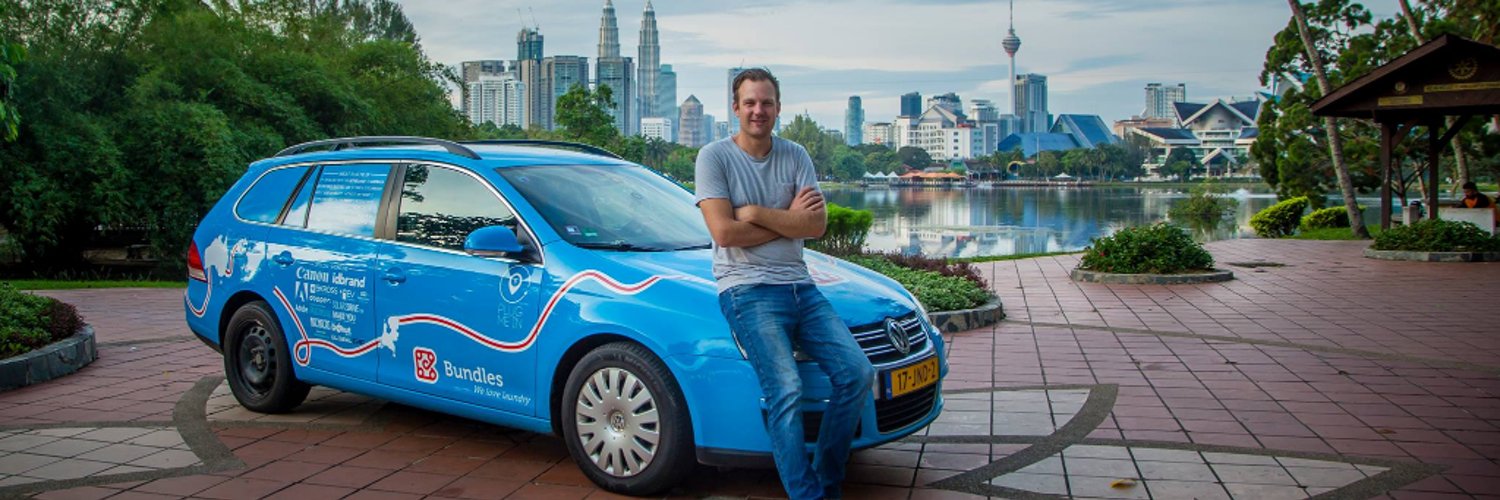
Wiebe Wakker
From March 2016 until April 2019, in the early days of electric vehicles, and before there was much EV infrastructure, anywhere, Weibe Wakker drove a borrowed electric vehicle from the Netherlands to New Zealand. He accomplished his 100,450 kilometres (62,417 miles) road adventure by asking people to donate some of their electricity.
via The Next Web »
According to Wakker, the first three factors to consider before every journey are distance, charging stations, and charging speed. It goes without saying that these will vary based on your destination and electric car model, so make sure to crunch the numbers carefully.
“When you’re on a road trip, it’s about finding the right mix between convenience, having fun, and getting to your destination,” the Dutchman told SHIFT.
One way to combine fun with convenience, Wakker shares, is to plan charging stops around landmarks, museums, and other popular tourist attractions. In fact, he would often pick sightseeing spots depending on whether there are charging stations nearby. That way, he can go explore the surrounding area while his car is getting juiced up.
Here is a 2019 video of his achievement »
Continue reading


